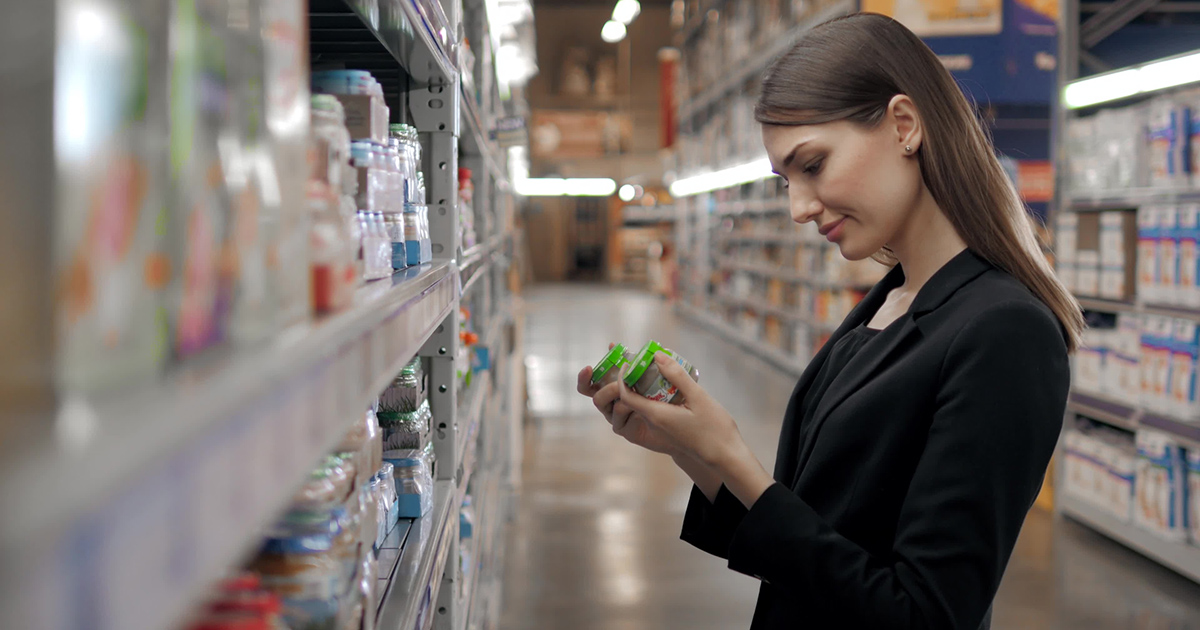Tips For Making Homemade Baby Food That Babies Love
When babies are ready to begin eating solid foods, it is fundamental to think about what precisely they’ll be eating. There are many healthy options in the isles of the grocery store, including organic and natural baby foods. However, they can still be loaded with sodium, sugars, ascorbic acid, and other ingredients for preservation. On rare occasions, there has been a need for some companies to recall their baby food due to potential health risks upon consumption. As a parent, it is essential to know precisely what is in your baby's diet, and making your own baby food is much easier than you may think.
Advantages Of Making Your Own Baby Food

The advantages of making homemade baby food are as abundant as the nutrients you’ll be giving to your babies. First of all, by making your own baby food, you will always be aware of the ingredients your baby is ingesting. Therefore the meals will be healthier and more nutritious, and there will be no need to worry about preservatives and additives. By making your own baby food, you have full control of your baby's diet, and by packing them in mason jars and jam jars, you can always keep a full stock. Another advantage is that making homemade baby food is also more economically friendly than purchasing jars and pouches of pre-packaged foods. All you need are some jars and a food processor!
Disadvantages Of Homemade Baby Food

Parents who have or remain making homemade baby food have revealed some disadvantages to making their own baby food. One of the most commonly heard disadvantages is making baby food takes a lot of time to make and prepare in meal servings and it is much easier, faster, and convenient to purchase prepackaged baby food. The other disadvantage that is commonly spoken of is homemade baby food takes up more room in the fridge and freezer and due to being organic, they spoil faster than store-bought baby food.
